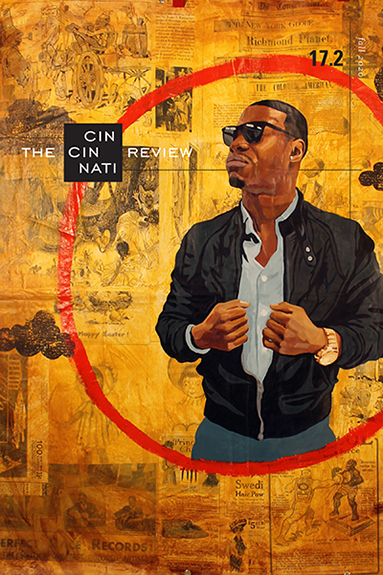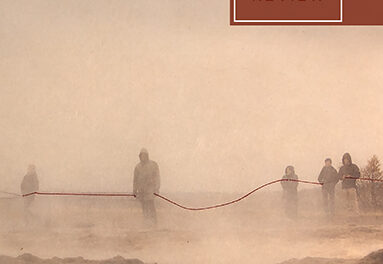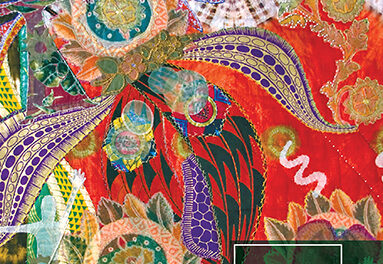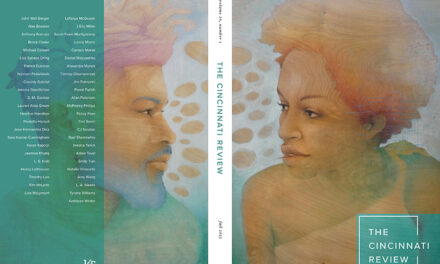I know an old man who lives at the edge of the world, in Alaska, a town called Bethel. The first people arrived via ice bridge. Now we fly on planes.
The old man lives with an old woman, his wife. He built the house they live in. He builds other things too, boats, furniture, whatever he likes. The house is brown, or a sort of a gray, some noncolor. Retired fishnets hang over the kitchen windows and the windows in the dining nook, floats gnawed, corklines cracking. Outside the ground disappears under the willows. In concert, these details evoke the sense of being not in a house but on a boat.
The old man and the old woman have two trucks. One is called Mary’s truck because the old woman is Mary and the truck is hers, and one is called Red because it’s red. They drive these trucks to the grocery, to friends’ houses, to the surrounding villages in winter when the river is a frozen road.
On their property: a half-finished shop, a shipping container for materials and tools, a woodpile, a shack by the tree line. On their property: a dog yard, the dogs in it wild, each spinning on a post, waiting to run.
The old man hunts moose. The old man hunts ptarmigan, a small half-flighted bird, its plumage shifting with the seasons, white in winter, ruddy brown to match the mud in spring. The old man fishes, sets nets under the ice, casts on the open water after the thaw. The river gives in all seasons, feeds the old man and Mary, feeds the dogs.
The old man’s dogs are sled dogs, for camping, for racing. He builds the sleds they pull, bending the wood in a steam pipe, securing its shape with a waxed cord. The sleds sit parked in a cluster at the edge of the yard, gridded shadows cutting across the snow as the light goes long in the evenings.
The old man and the old woman are not exclusively old-world. They are learning to use the iPad. They have recently purchased a low-flow dishwasher. One afternoon they watch a documentary about Bob Marley. They do not have the internet but use CDs and DVDs to consume media, which they do with less frequency but no less enthusiasm than other people who live in other places.
Throughout the day, allotments of time are reserved for reading: in the morning, over the first several cups of coffee; in the afternoon, preceding a nap; at night, preceding sleep. During these times, there is no talking. They read novels, memoirs, biographies. To the house come three regular periodicals: Harper’s, The Sun, and the Anchorage Sunday paper.
Past the foot of their bed, a large picture window spans most of the wall. It frames the dog yard. Every morning the old man and Mary wake up to the dogs, who stretch and yowl and shiver. Beyond are the willow thickets, and beyond that is a great country of snow or a great country of mud and blooming turf, depending on the season, the outside made inside via the window in a single wide glance. From the rooms of the house to their nested routines to the gentle nudge with which the old man and Mary pass each other on their way for more coffee, there is a consistency to what they have made, the whole of it a perfect fit for itself. There is no door to the bedroom, only a corner to walk around. It is all one life.
. . .











